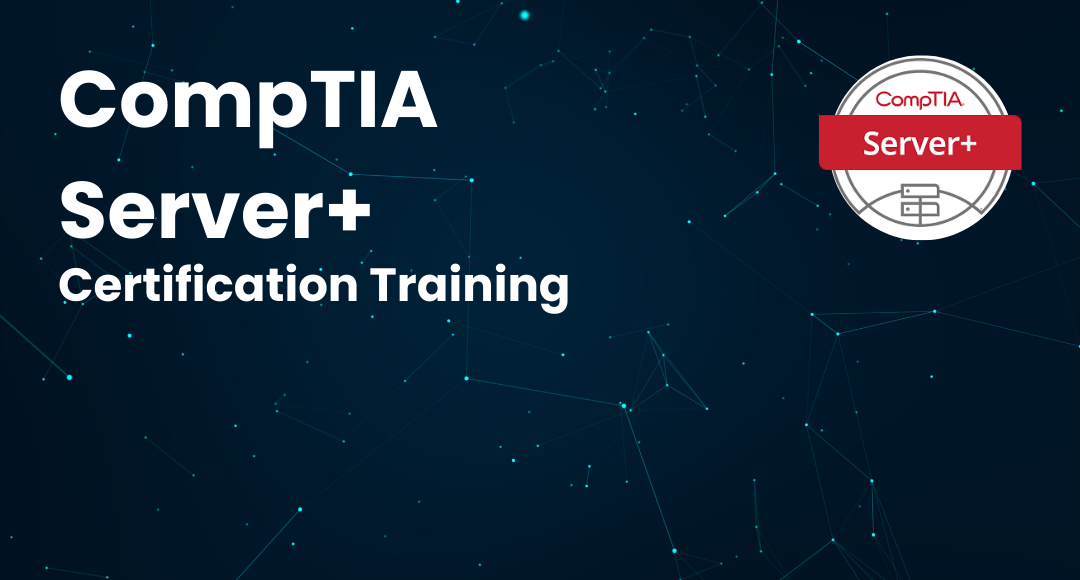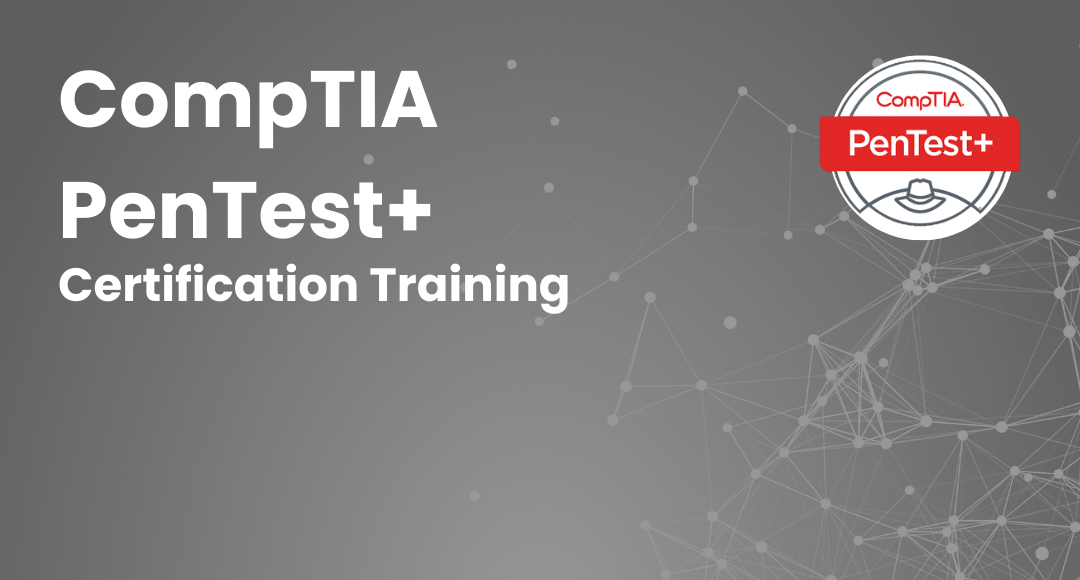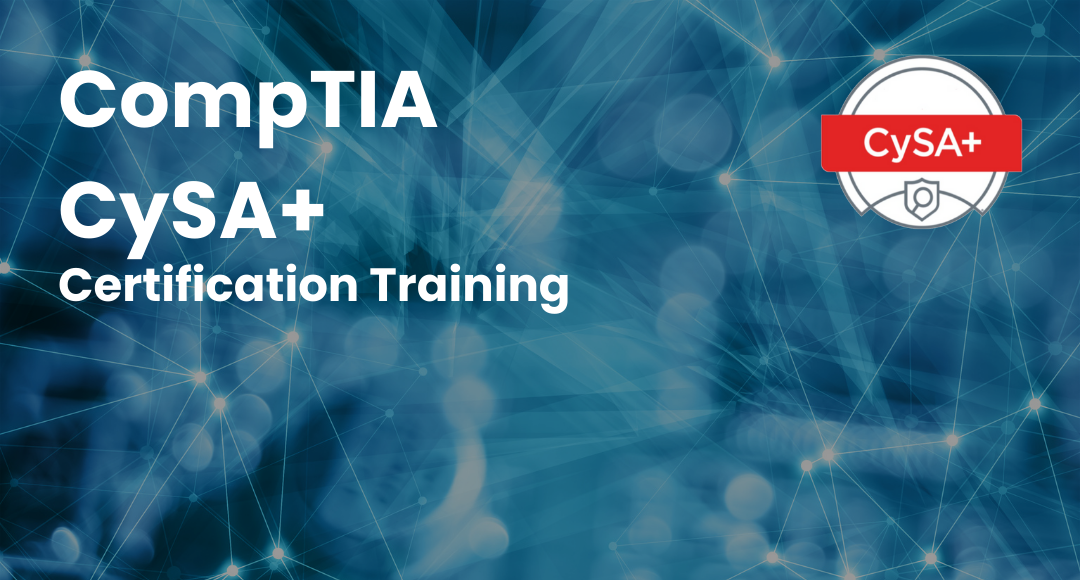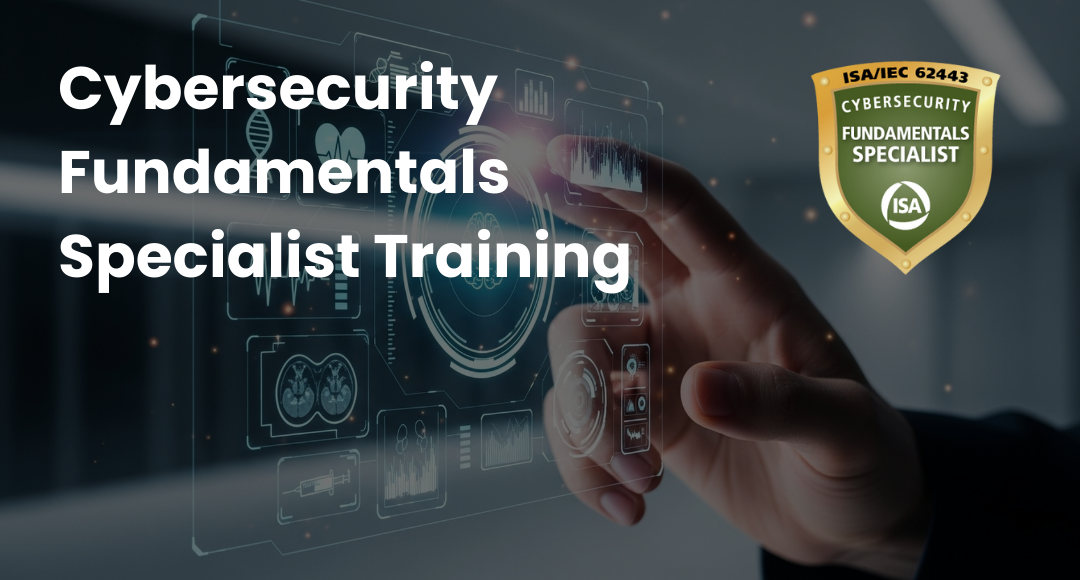Cyber Incident Response Plan: A Comprehensive Guide
-
 By Sushmith
By Sushmith - Published on May 12 2023

Table of Contents
Introduction
A Guide to Cyber Incident Response Plan
What is Cyber Incident Response? The term "Incident," describes an issue, a conflict, or an actual incident, which describes a data breach or a cyberattack. And the term "Incident Response," as it is almost clear already, refers to the process of handling such incidents, including the steps taken by organizations in an attempt to manage their consequences.
Organizations in the information security, cyber security, and business fields have lots of data to protect due to the fear of an easy data breach in this modern era. The privacy of data is the key that is to be protected and secured. And since performing an effective incident response is a very complex task, incident response planning is necessary.
Many organizations use NIST’s Computer Security Incident Handling Guide as a base reference for their system security’s incident response planning. For any organization to plan for an incident response, they must first understand the information security risks that must be focused on and rectified. And by understanding such possibilities, identifying new attacks and advanced risks becomes easy and can be prevented in earlier stages.
NIST suggests, "Proactively sharing such information among organizations regarding these signs of attacks is the most effective way to identify any of these potential risks of attacks."
Cyber Incident Response Plan - Steps to follow
For creating a detailed response plan for cyber incidents, there are a few phases that you have to look after. In the following content, you will learn what makes your response plan an effective one. Just as the complexity increases for big business types, some of these steps might not suit your business type.

These are the basic steps that will help you gain a basic idea after practicing, which in turn helps in developing an incident plan format suitable for your business. Now let’s look at each step and understand them.
– Preparation
Data breaches can happen at any instance of a project or at any instance of data storage at any business. To plan for such incident responses, it is important to first be prepared in advance by analyzing such occurrences. By preparing for such instances, organizations can determine the response to an incident from their Emergency Response Team.
Responding to an incident also involves concepts like organization policy, documentation, a response plan, training, access to tools, and a few other such ones. Together with training, you should perform a regular audit to ensure the sensitivity of the data and to take adequate steps to respond to an incident.
– Identification
This phase of incident response planning deals with detecting incidents so that responding instantly reduces the amount of damage. Employees from the emergency response team and the IT security team collect information about event occurrences by analyzing data logs, detecting data errors, and using monitoring tools to detect and determine incident occurrences and scoops.
This gathered information will be utilized as the process progresses. This information is then rectified and filtered to identify a potentially risky incident. Based on the type of incident, certain precautions and measures will be taken.
– Limitation
When an incident has taken place, it is very important to limit the information and contain the identification. The main objective of this third phase is to limit the information about the identified incident and prevent it from posing any further potential damage.
This phase is all about taking the necessary precautions by determining the type of incident that has occurred. Depending on the type of incident that occurred, remove the malicious hacker from your systems or isolate the data that has already been compromised.
– Eradication
This stage of performing a successful incident response involves eliminating the danger and restoring the impacted systems to their original condition, ideally with the least amount of data loss possible.
The details will depend once again on the sort of occurrence, but at this point you need to figure out how the information was compromised and how to eliminate the danger.
For instance, you would get rid of the malicious software and separate the areas of your organization that were compromised if you were infected with malware. You would have to freeze their account if the attack happened as a result of a malicious hacker gaining access to an employee's login information.
The major activities involved are making sure that the right procedures have been followed up to this point, including measures that not only eliminate the malicious content but also guarantee that the afflicted systems are entirely clean.
– Recovery
The key activities connected with this stage of incident response are testing, monitoring, and validating systems as they are put back into production to ensure that they are not re-infected or compromised. The choice of the time and date for operations to resume, the testing and verification of the compromised systems, keeping an eye out for unusual behaviors, and the use of tools for testing, monitoring, and validating system behavior are all part of this phase.
After you've eliminated the threat, you can proceed to the penultimate step of responding to a cyber-incident, which is to put your systems back online.

Depending on the situation, this could be simpler or more complicated, but it's still a crucial step that needs to be taken seriously. You can continue to be vulnerable to such attacks without a sufficient recovery procedure, which would increase the harm.
Once the issue has been resolved, you should test and keep an eye on the affected systems as part of the recovery process. By doing this, you can make sure the measures you implement are effective and have a chance to make any necessary corrections.
– Conclusion
The phase of incident response known as lessons learned is crucial because it aids in educating and enhancing future incident response efforts. Organizations can update their incident response plans at this stage with details that may have been overlooked during the incident as well as thorough documentation that will serve as information for potential future occurrences. Clear summaries of the entire incident are provided in lessons-learned reports, which can be used in recap meetings, as training materials for fresh CIRT recruits, or as a standard against which to measure other incidents.
Every stage of the procedure should be evaluated. You should talk about what occurred, why it occurred, what you did to control the situation, and what could have been done differently. One to two weeks should pass between the security incident and the time of this discussion, allowing ample time for everyone to reflect on the event after the fact while still keeping it fresh in their minds.
This stage's goal is to prevent inefficiencies from happening in the future rather than to criticize team members for past errors. If the process failed, it could be because the documentation was unclear, the right steps weren't specified, or the workforce wasn't properly trained.
Conclusion
Due to the concern over a simple data breach in this day and age, businesses and organizations involved in information security, cyber security, and other related industries have a lot of data to secure. The most important thing to safeguard and maintain is the privacy of data.
Reviewing the incident and looking for chances for improvement is the last stage of the cyber incident response strategy. A meeting should be held with the entire incident response team to discuss the elements of the plan that succeeded and any issues you ran into.
To learn and practice such other cybersecurity concepts and its security objectives, enroll now to Sprintzeal’s CISM Certification Training and get certified as Certified Information Security Manager.
Related courses to checkout:
CISSP Certification Training Course
CISA Certification Training Course
To explore more courses, consider visiting Sprintzeal’s All Courses page.
Subscribe to our Newsletters
Popular Programs
CISSP® - Certified Information System Security Professional
Live Virtual Training
- 4.7 (964 + Ratings)
- 70k + Learners
CISA® - Certified Information System Auditor
Live Virtual Training
- 4.6 (426 + Ratings)
- 45k + Learners
CISM® - Certified Information Security Manager
Live Virtual Training
- 4 (200 + Ratings)
- 35k + Learners
CCSP® - Certified Cloud Security Professional
Live Virtual Training
- 4 (964 + Ratings)
- 11k + Learners
Trending Posts
Mitigate the Cyber-Attack Risks with Best Cyber Security Protocols
Last updated on Nov 14 2023
ISACA Certifications List 2026
Last updated on Jan 11 2023
5 Types of Cyber Attacks You Should Be Aware of in 2026
Last updated on Aug 1 2023
Cyber Security Analyst - How to Become, Job Demand and Top Certifications
Last updated on Feb 3 2023
How to Handle a Data Breach? Learn from Microsoft!
Last updated on Dec 30 2024
How to Stay Cyber-Secure in Work and Personal Life (Tips and Practices)
Last updated on Oct 23 2024
Categories
- Other 69
- Agile Management 45
- Cloud Computing 56
- Project Management 172
- Big Data 66
- Business Management 88
- Digital Marketing 78
- IT Service Management 29
- Programming Language 58
- AI and Machine Learning 76
- IT Security 112
- Quality Management 78
- IT Hardware and Networking 25
- Microsoft Program 4
- Workplace Skill Building 13
- Risk Management 9
- Information Security 8
- Leadership and Management 9
- Corporate Training and Development 1
Trending Now
Top 5 Compelling Reasons To Get A Cyber Security Certification
ebookHow to Become IT Security Expert with CISSP Certification
ebookTop 20 Reasons You Should Get a CISSP Certification
ebookWhat is CISSP? – Everything about CISSP Certification Explained
ebookPass CISSP Exam - How to Clear CISSP Exam in First Attempt 2026 (UPDATED)
ebookCISSP Certification – Top 25 Career Benefits in 2026
ebookCybersecurity – Everything You Need to Know About it
ebookUpdated Google Certification Training Course list 2026
ArticleWhich Certification is best for Cybersecurity?
ebookWhich Cybersecurity Certification Should I Get First?
ebookCysa+ certification – Should you get it?
ebookList of Top Security Certifications
ArticleEasiest Security Certification to Get
ebookCISM certification cost and career benefits
ebookCybersecurity Fundamentals Explained
ebookISACA Certifications List 2026
ebookCareer Benefits of CISM Certification in 2026
ArticleList of Top Information Security Certifications in 2026
ebookCISM certification cost details
ArticleMitigate the Cyber-Attack Risks with Best Cyber Security Protocols
ebookCybersecurity Interview Questions and Answers 2026
ebookTop Cybersecurity Software Tools In 2026
ebookInformation Security Analyst - Career, Job Role, and Top Certifications
ebookCyber Security Analyst - How to Become, Job Demand and Top Certifications
ebookWhat is Data Security - Types, Strategy, Compliance and Regulations
ebookData loss Prevention in Cyber Security Explained
ebookCybersecurity Controls Explained in Detail
ebookCybersecurity Framework - A Complete Guide
ebookWhat is Cryptography - A Comprehensive Guide
ebookData Leak - What is it, Prevention and Solutions
ebookCybersecurity Career Paths Guide
ebookFuture of Cybersecurity - Trends and Scope
ebookCyber Security Careers and Outlook - 2026 Guide
ebook5 Cybersecurity Predictions in 2026 - Trends and Challenges
ebookScope for Cybersecurity in 2026 - Latest Update
ebookEthical Hacking Career: A Career Guide for Ethical Hacker
ebookApplication Security: All You Need To Know
ebookCybersecurity Roles - Top Roles and Skills to Consider in 2026
ebookHow to Get Cyber Essentials Certified
ebookTop 10 Cyber Security Threats and How to Prevent Them
ebookTop 10 Network Scanning Tools of 2026
ebookInformation Assurance Careers - Exploring Career Paths
ebookWhat is the Department of Defense (DoD) Directive 8140
ebookCybersecurity Mesh Architecture: What It Is and How to Build It
ebookWhat is Threat Modeling? Methodologies, Types, and Steps
ebookWhat is Digital Forensics? Types, Process & Challenges
ebookInformation Assurance Model in Cybersecurity
ebookHow to Become an Information Security Analyst Salary, Skills, and More
ArticleList of Top Department of Defense (DoD) Approved 8570 Certification Courses
ebookTop 5 Ransomware Attacks to Watch Out for in 2026
ebookJob Prospects for DoD Certified Professionals: A Pathway to Success in cybersecurity
ebook10 Biggest Data Breaches of the 21st Century
ebookWhat is a Cybersecurity Incident?-Types, Impact, Response Process and More
ebookCyber Security Planning - A Detailed Guide for Risk Mitigation
ebookWhat is Cybercrime? Exploring Types, Examples, and Prevention
ebookRecent Cyber Attacks & Data Breaches in 2026
ebookCybersecurity Strategy: Building a Strong Defense for Business
ebookCybercrime Impacts On Business: 6 Major Effects
ebook5 Types of Cyber Attacks You Should Be Aware of in 2026
ebookCloud Cyber Attacks: Causes, Types, Prevention and Protection
ebookCloud Malware: Types of Attacks and Security Measure
ebookCyber Attack Statistics and Trends to Know in 2026
ebookList Of Top Cybersecurity Threats In 2026
ebookSafeguarding Digital Domain: 10 Most Common Cybercrimes
ebookDemystifying Cloud-Based Cyber Attacks: A Comprehensive Guide
ebookPrevent Cyber Attacks: Strategies to Protect Your Digital Assets
ebookList of Top 10 Cybersecurity Careers in 2026
ebookTop 20 Cybersecurity Trends to Watch Out for in 2026
ArticleHow to Become Cybersecurity Engineer
ArticleUnderstanding Risk assessment in audit planning
ArticleFundamentals of Risk-Based Auditing: A Strategic Framework
ArticleRisk-based Audit Planning Guide for Beginners
ebookTop 8 Types of Cybersecurity Jobs and Salary Insights
ArticleA Comprehensive Guide to Building Risk-Based Internal Audit Plan
ArticleRisk-Based Internal Auditing Approaches: 7 Steps to Explore
ArticleCompTIA Security+ 601 vs. 701: Understanding Key Differences
ArticleWhy and How to Perform a Risk-Based Internal Audit
ArticleRisk-Based Auditing Techniques Explained
ebookEvolving Cyber Threats and Vulnerabilities in Cybersecurity Risk Management
ArticleWhat Is Secure Access Service Edge (SASE)?
ArticleHow to Stay Cyber-Secure in Work and Personal Life (Tips and Practices)
ArticleIBM Data Breach: Is IBM Really Breach-Proof?
ArticleTarget Cyber Attack: Key Lessons from the 2013 Data Breach
ArticleLinkedIn User Data Protection Explained
ArticleCanva Data Breach: Best Lessons for Users and Businesses
ArticleHow Did Capital One Respond to Their Major Cyber Incident?
ArticleWhat Innovative Measures Did Reddit Take to Protect User Data?
ArticleHow Does Slack Respond to Security Challenges?
ArticleTwitch Data Breach: Response, Changes, and Key Takeaways
ArticleGuess What Google Did When a Employee Breached Their Firmware
ArticleEthical Hacking Tools: Best Ones for Cybersecurity in 2026
ArticleWhat Happened When Cisco Faced a Cyber Incident?
ArticleWhat Sony Did to Rebuild Trust After a Major Cyberattack
ArticleHow to Handle a Data Breach? Learn from Microsoft!
ArticleCybersecurity Mesh: A New Approach for Security Design
ArticleHow Target Turned a Cyber Crisis into a Lesson for All
ArticleDropbox Data Breach: What Companies Can Learn from It
ArticleHow JPMorgan Chase Strengthened Security After Facing Cyber Threats
ArticleThe Future of Online Security: Trends to Watch in 2026
ArticleLatest Trends in CyberSecurity
ArticleTop 12 Cyber Security Apprenticeships with High Earning Potential in 2026
ArticleEnhancing Safety and Competence in Today's Workplace
ArticlePrivacy at Your Fingertips: How iPhone Users Can Use Tools Securely
ArticleAge Matters: Understanding the Generational Gap in Online Safety Education
ArticleCybersecurity 101: Why Cybersecurity is the Hottest Career Right Now
ArticleWhy Cybersecurity Training Should Be Part of Every Professional's Career Plan
ArticleHow to Protect Your Data When Traveling to Countries Like Malaysia?
ArticleTop Online Master's in Cybersecurity Programs for Working Professionals
ArticleHow AI Detectors Strengthen Cybersecurity in Modern Networks
ArticleHow to Become a Cybersecurity Engineer: Step-by-Step Career Guide
ArticleWhy Certification in Risk and Compliance Is Critical in Today’s Financial World
Article



















